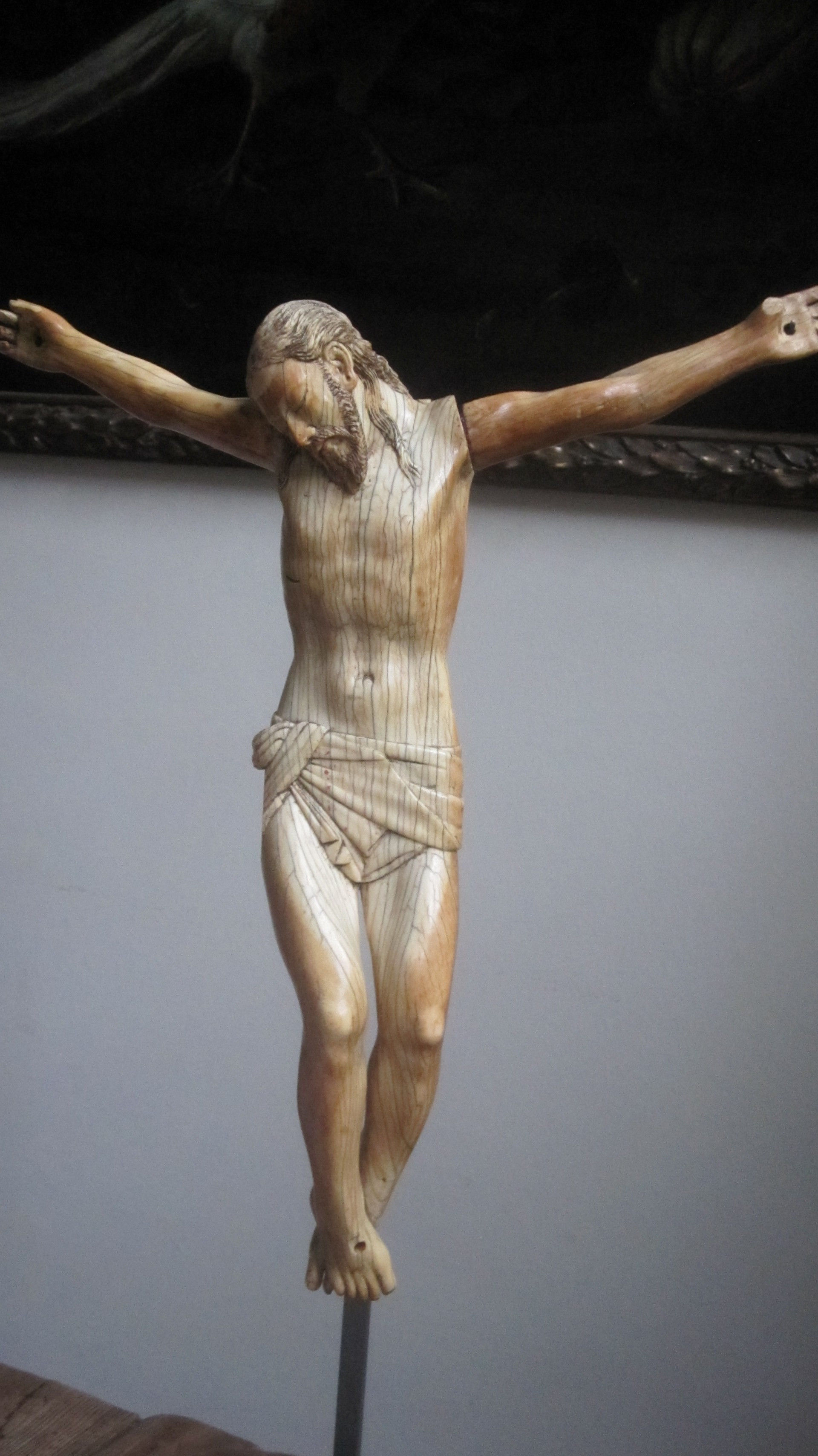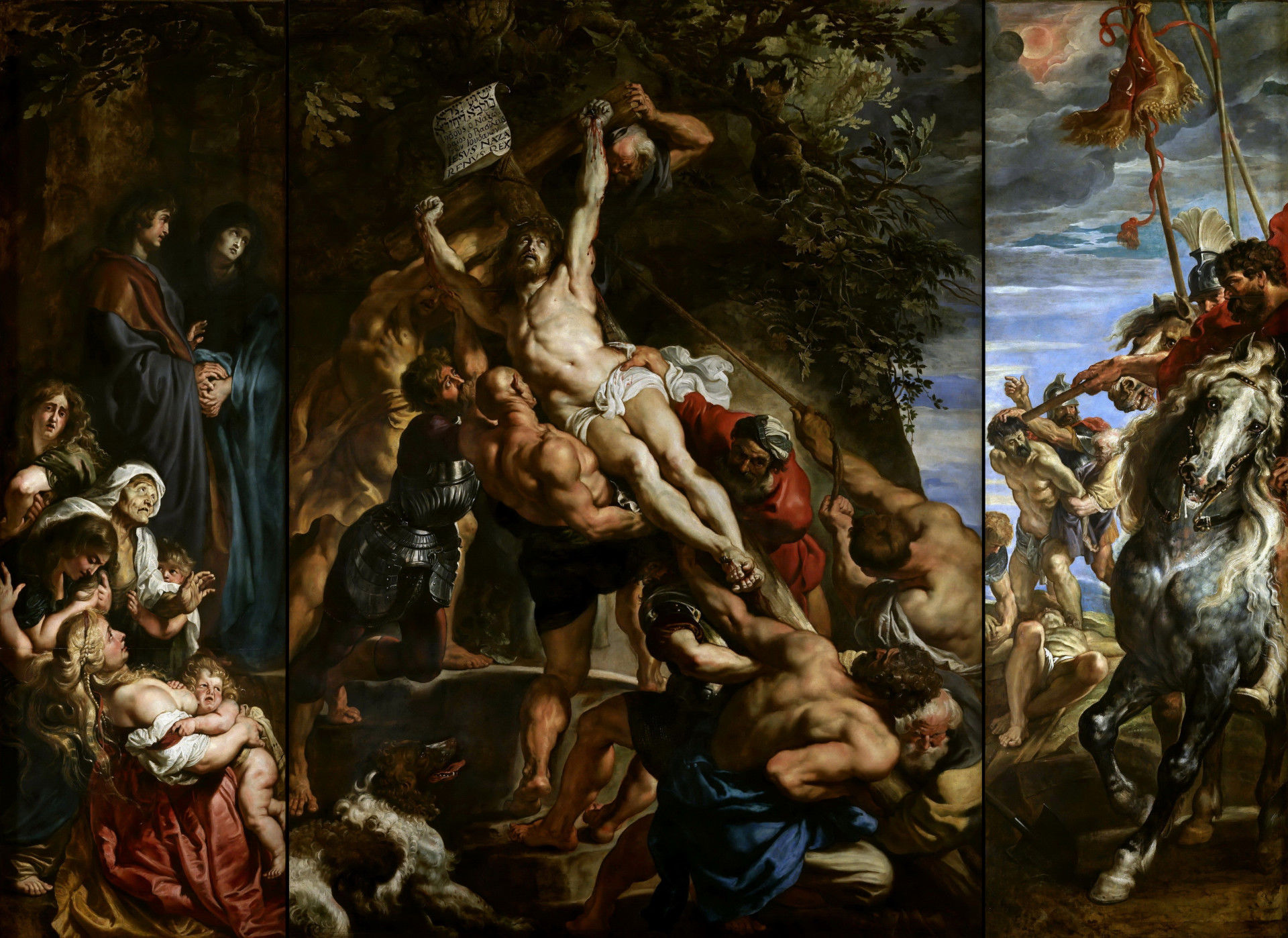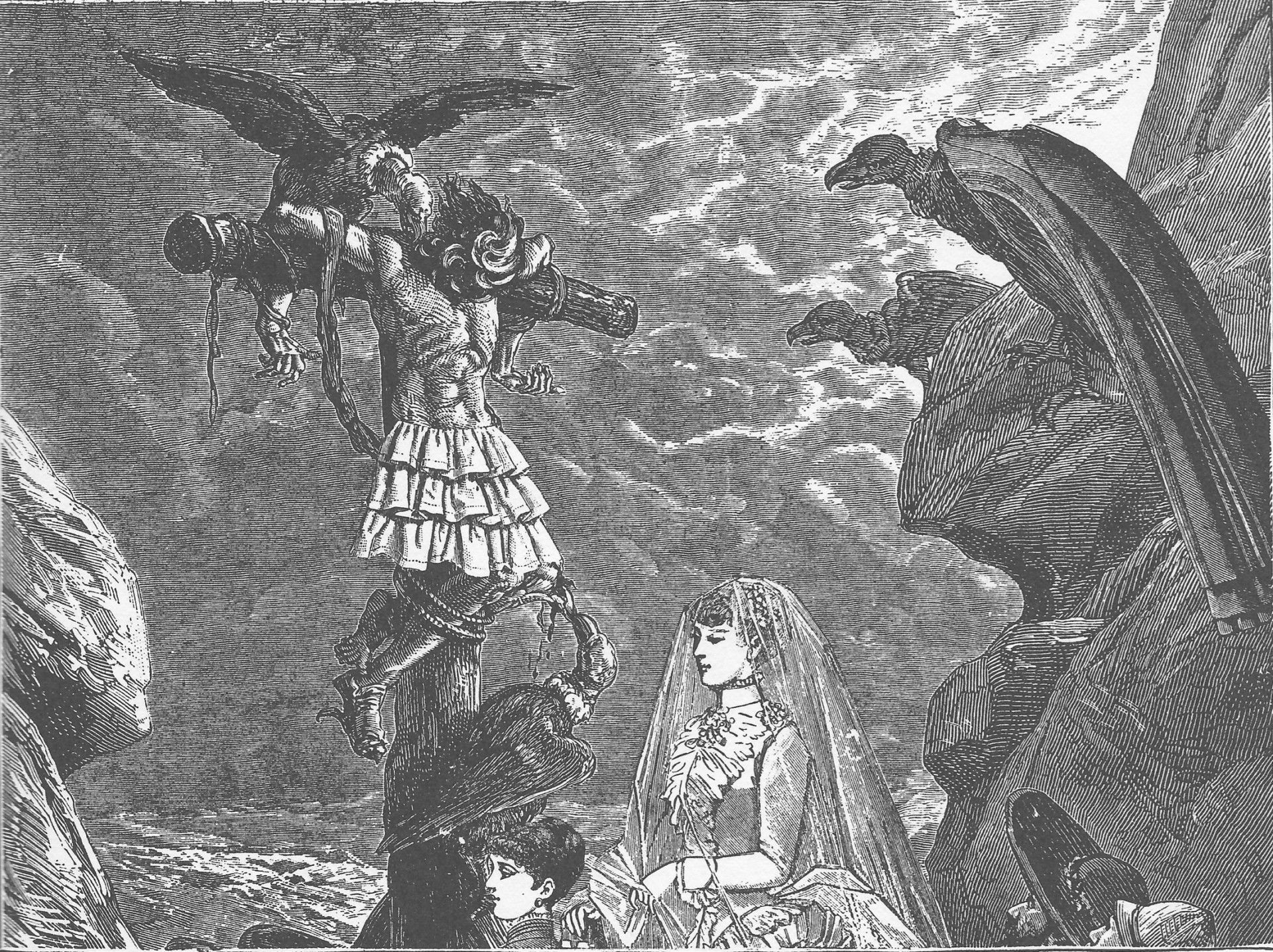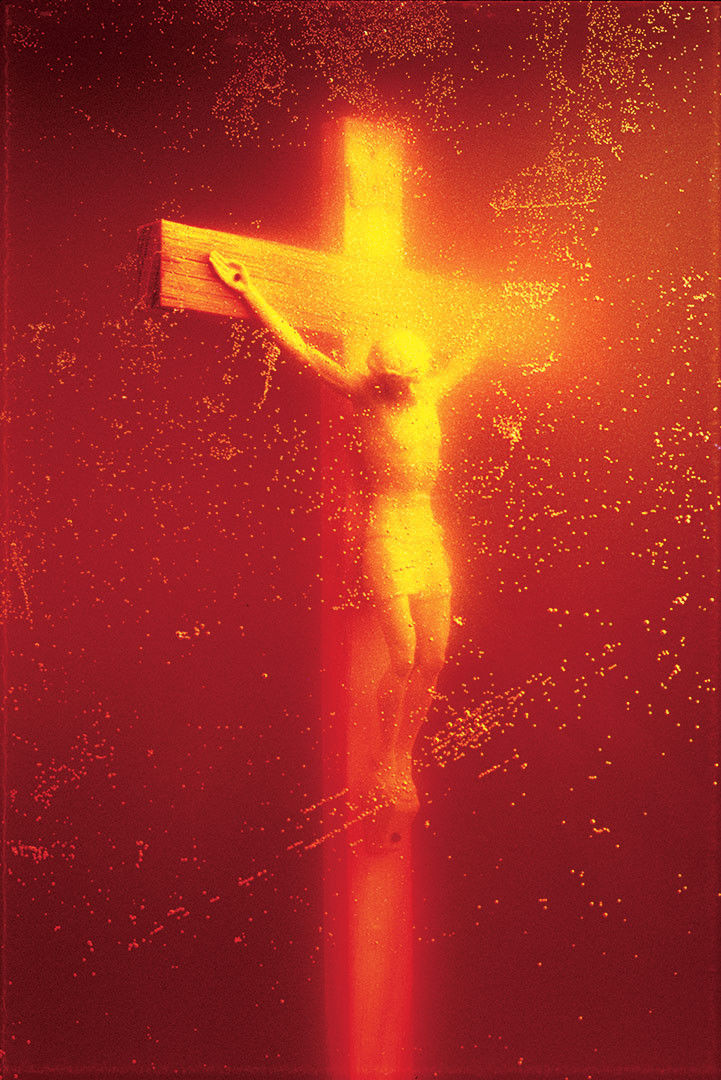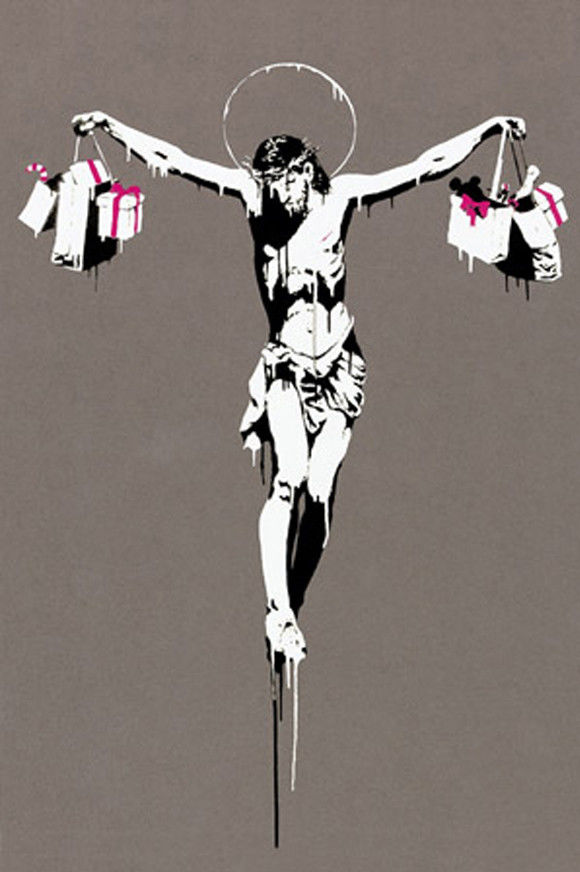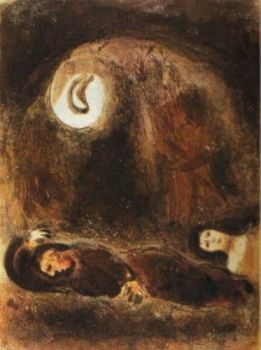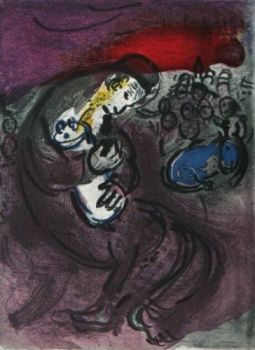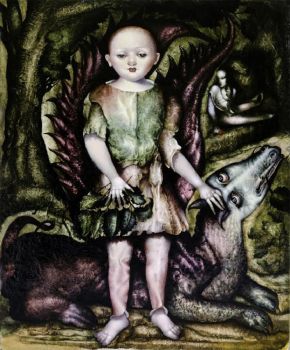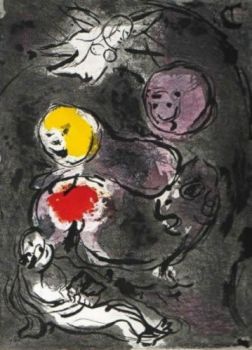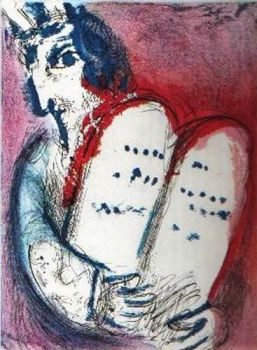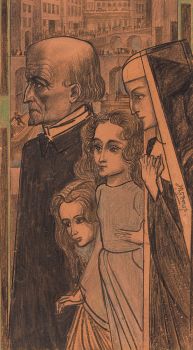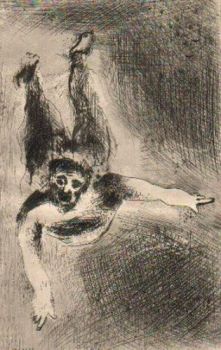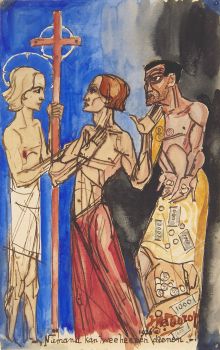The Controversial Crucifixion of Christ in Art
Good Friday, the Friday before Easter, is the day on which Christians annually commemorate the crucifixion of Jesus Christ and his death at Golgotha, as told in the Bible. The crucifixion has been a prominent subject in Western art since the early Middle Ages. We are all familiar with the traditional representations of Jesus’ crucifixion in art, but there are also some modern and recent depictions that have caused quite a stir.
Unknown artist, Christ crucified (Ceylon/Sri Lanka), late 16th/early 17th century. Ivory, Guus Röell - Fine Art & Antiques.
Let's take a look at some typcial examples first.This sculpted ivory crucifix from Ceylon (late 16th/early 17th century) shows a physically weak and suffering Jesus with a slumped head, twisted body and closed eyes. His hands must have been attached to a cross which is now lost. It was probably used by the Catholic Portuguese, who started colonising Ceylon (now Sri Lanka) at the beginning of the 16th century, in an attempt to win the church some more souls.
Peter Paul Rubens, The Elevation of the Cross, ca. 1610. Private collection.
Moving on to an example of a painted representation; somewhere between 1610 and 1611 the Flemish Baroque artist Peter Paul Rubens (created The Elevation of the Cross, still regarded as a monumental triptych.
On the central panel, nine muscular men can be seen attempting to raise the cross to which the heroic Jesus has been nailed. The diagonal angel in which he has been positioned adds an incredible amount of dynamisism to this composition. And if you study the idealized male figures more carefully, you will notice that Rubens was clearly inspired by Michelangelo.
On the other hand, the dramatic contrast between light and dark tones remind us of the chiaroscuro paintings by Italian Baroque artist Caravaggio. Besides the crucifixion, the raising of the cross also became an important theme in Baroque art.
Gustave Doré's wood engraving The Darkness at the Crucifixion, part of a series of 241 Bible illustrations published in 1866, presents us with a later and broader perspective on the crucifixion.
Three crucified silhouettes can be seen at the centre at Golgotha, with Jesus in the middle and the good thief and the bad thief on either side of him, as mentioned in the New Testament.
In the foreground, roman soldiers attempt to flee from the earthquakes and the thunderous ink-black sky. According to the Synoptic Gospels, the sky was “darkened for three hours”, after Jesus had been crucified.
Max Ernst, Marceline-Marie: “My place is at the feet of a merciful husband.” The hair: “To dream, to dress, to babble on sick Friday”, collage for Rêve d' une Petite Fille qui Voulut Entrer au Carmel, 1930.
The crucifixion has also been frequently parodied by various modern artists. A collage by Max Ernst, originally published in his surrealist and blasphemous collage novel Rêve d’ une Petite Fille qui Voulut entrer au Carmel (1930), displays a crucified Christ dressed in a woman’s skirt (fig. 4).
He is being attacked by two bloodthirsty vultures and his head has been replaced with a bunch of hair, a traditional symbol of female sexuality. At Christ’s feet stands a haughty bride, intending to marry the dishonoured Jesus. Ernst clearly pokes fun at the dignity of Christ’s appearance through the feminization and ferocious mutilation of Jesus, in line with the anti-religious sentiments of the Surrealist movement
.
Andres Serrano, Immersion (Piss Christ), 1987.
In 1987 the American artist Andres Serrano submerged a plastic crucifix in a jar of his own urine, photographed it, and exhibited the image in New York (fig. 5). The work, called Immersion (Piss Christ), was widely regarded as extremely disrespectful to and by Christians.
Yet the picture was not meant as a blasphemous provocation at all, Serrano insisted, considering himself a Catholic as well. According to Serrano, the image symbolises the way Christ died: “the blood came out of him but so did the piss and the shit. Maybe if Piss Christ upsets you, it’s because it gives some sense of what the crucifixion actually was like.”
Serrano als used this work to highlight the cheapening of Christian icons in popular culture, reducing them to merely fashion accessories.
Banksy, Jesus Christ with Shopping Bags, 2005.
The street artist Banksy produced a stencil in 2005 in a similar fashion. Jesus Christ is pictured in the traditional crucified pose with a halo around his head, but holding shopping bags in his hands. Like Serrano’s crucifixion, Banksy’s work forms a critique on commercialism and consumerism in society, particularly in regard to Christmas.
The crucified pose symbolises how people sacrifice themselves for material things, which in hind-sight is hardly ever satisfactory.
For more artworks please have a look at Gallerease!


